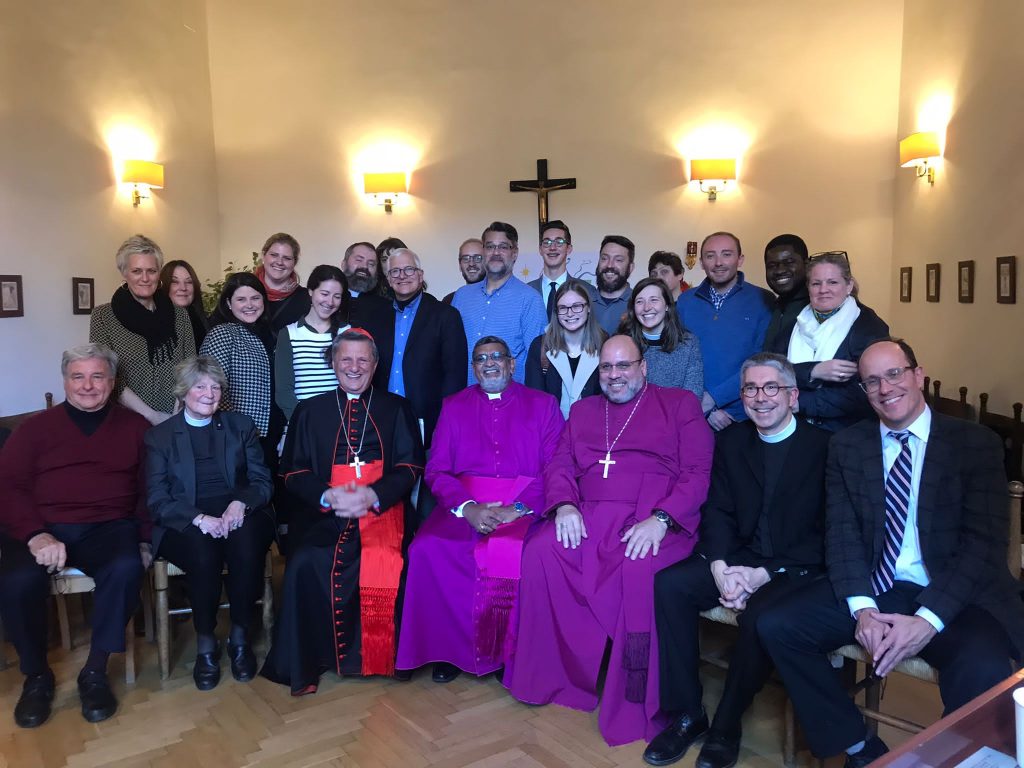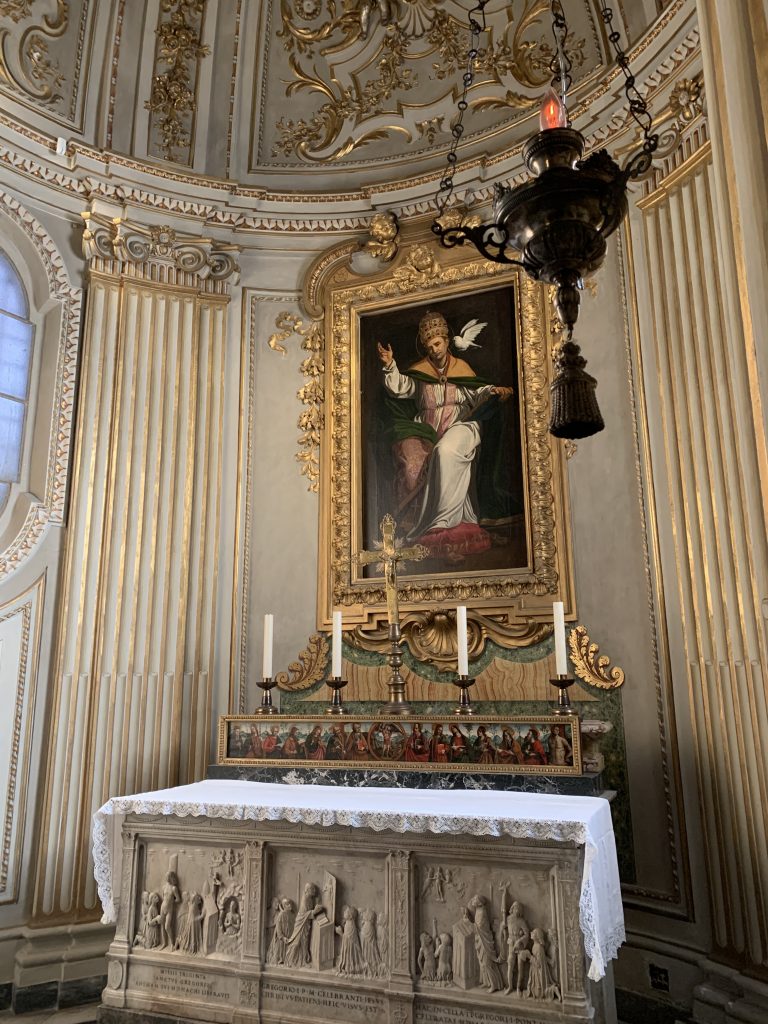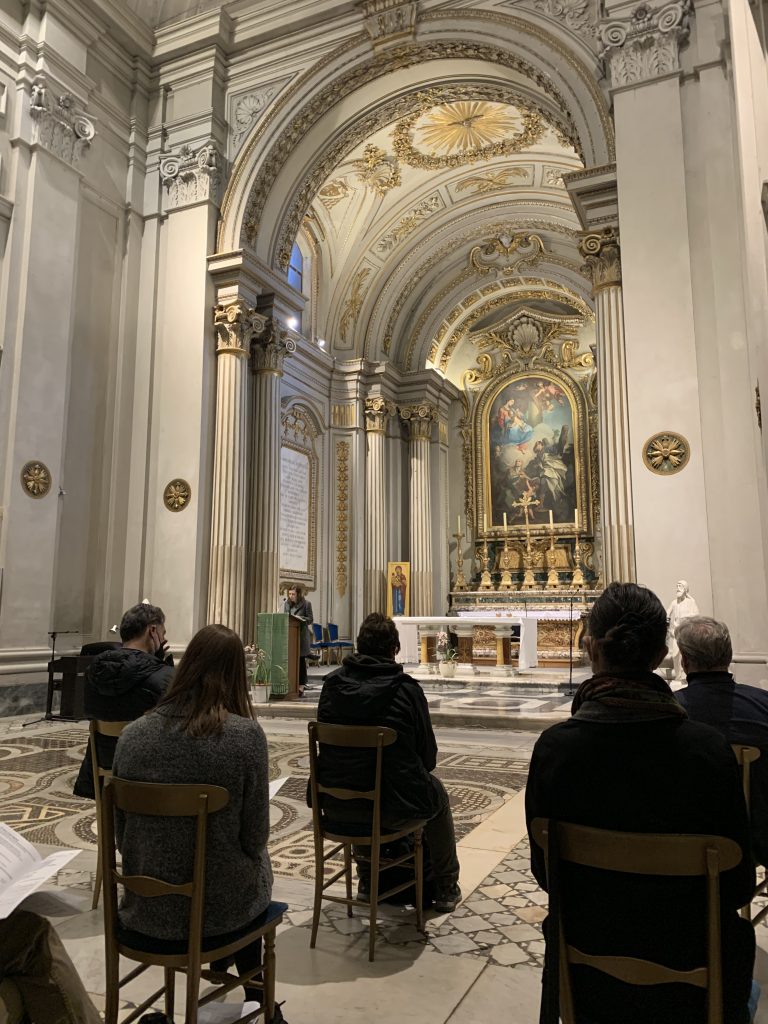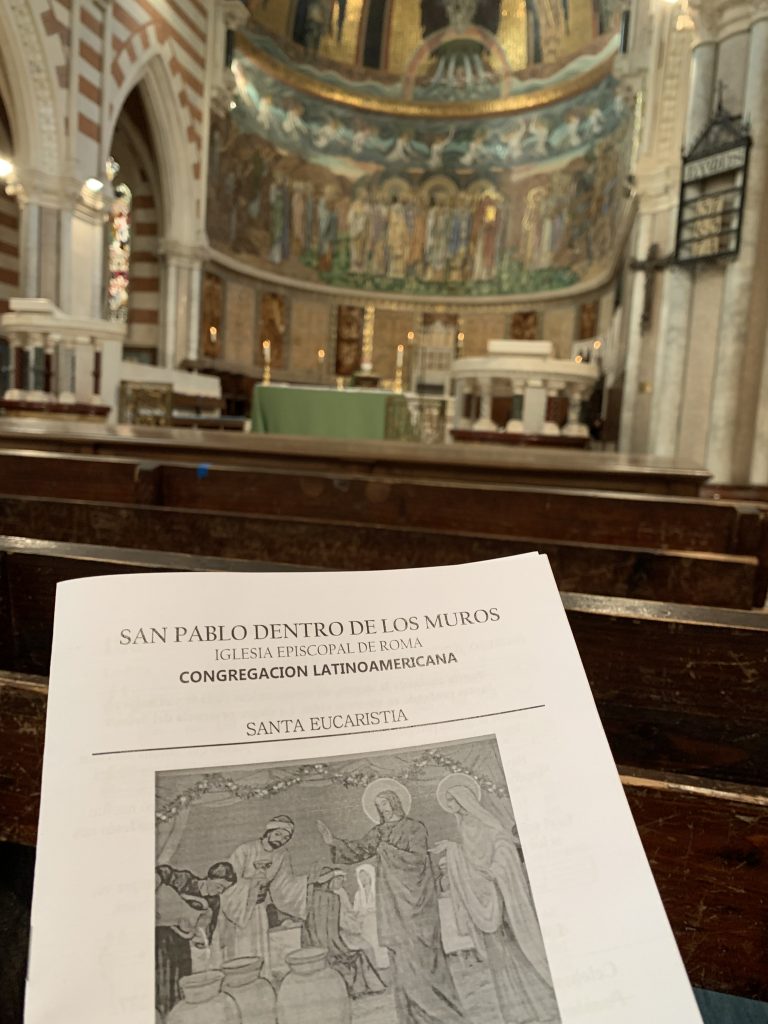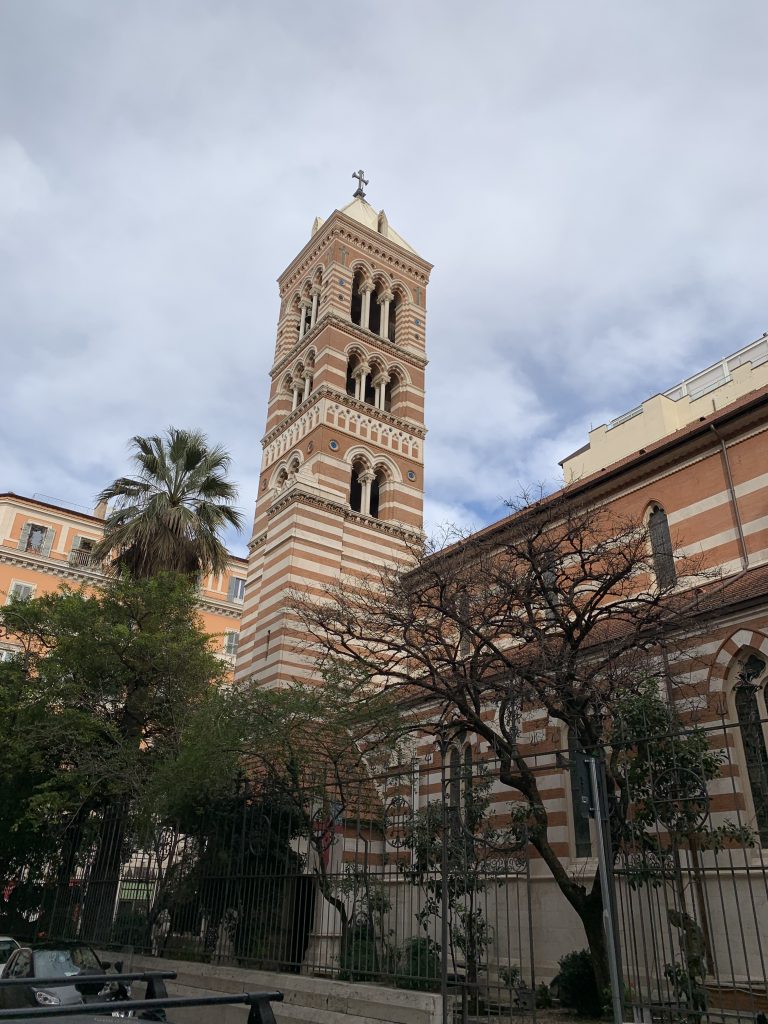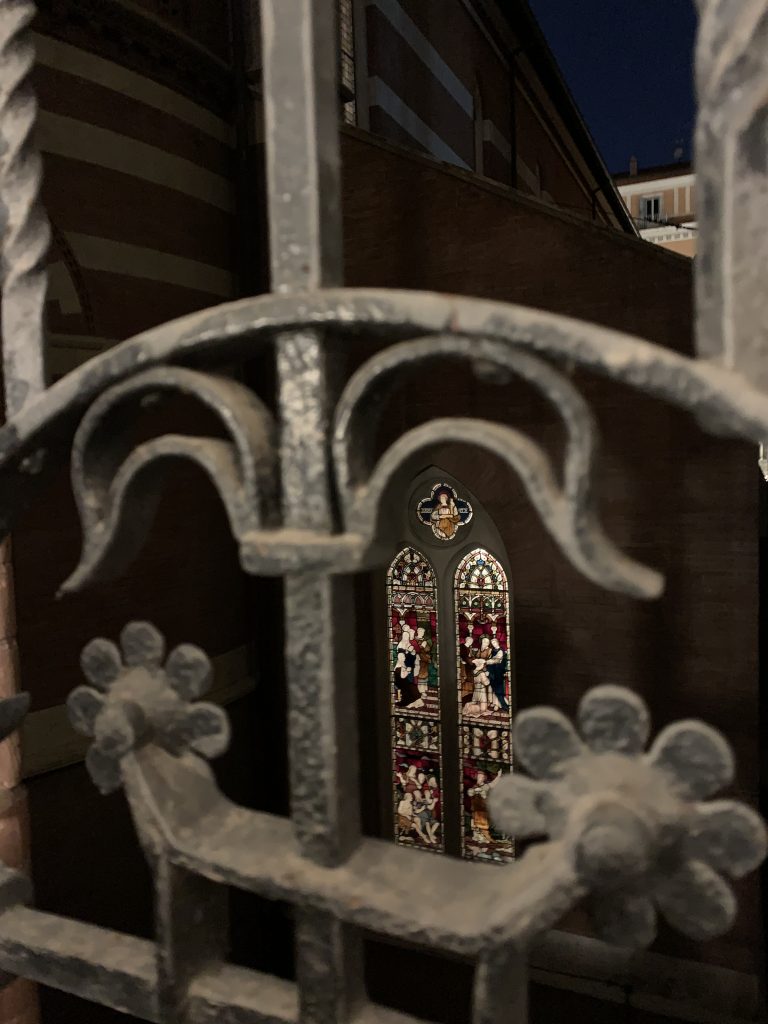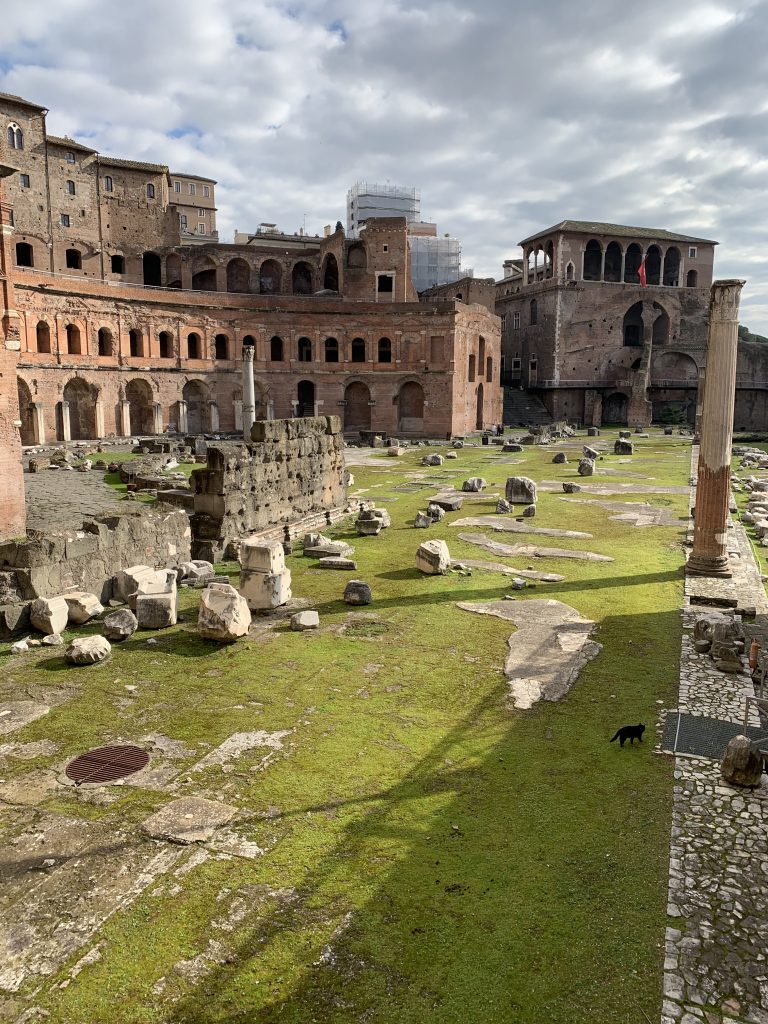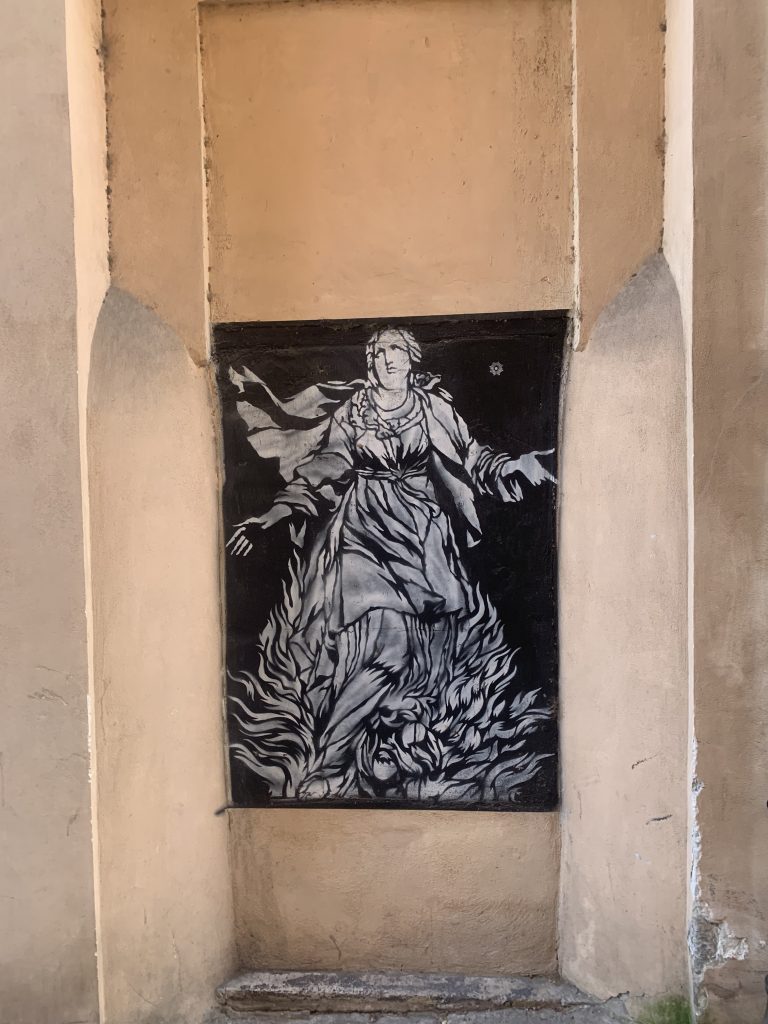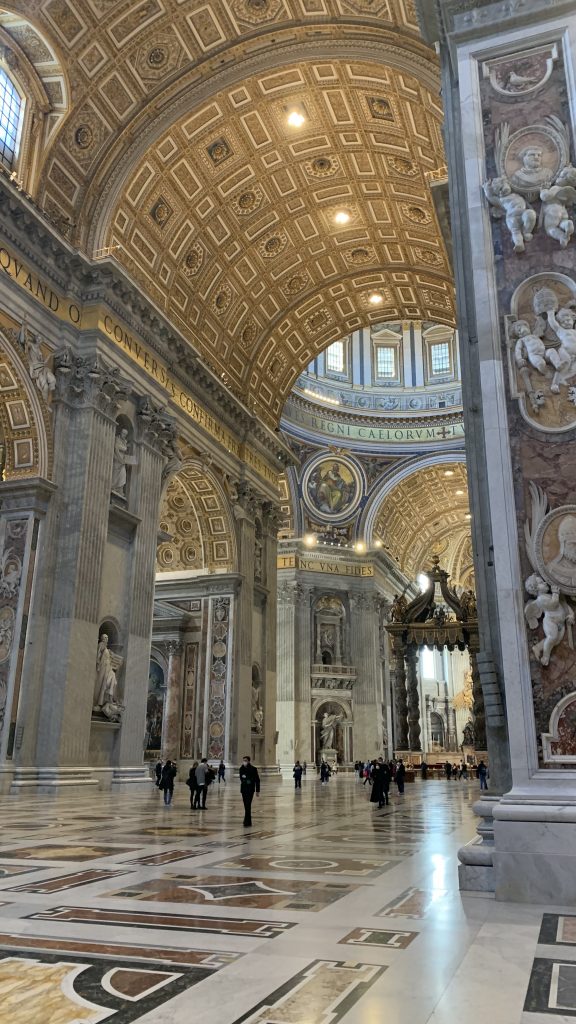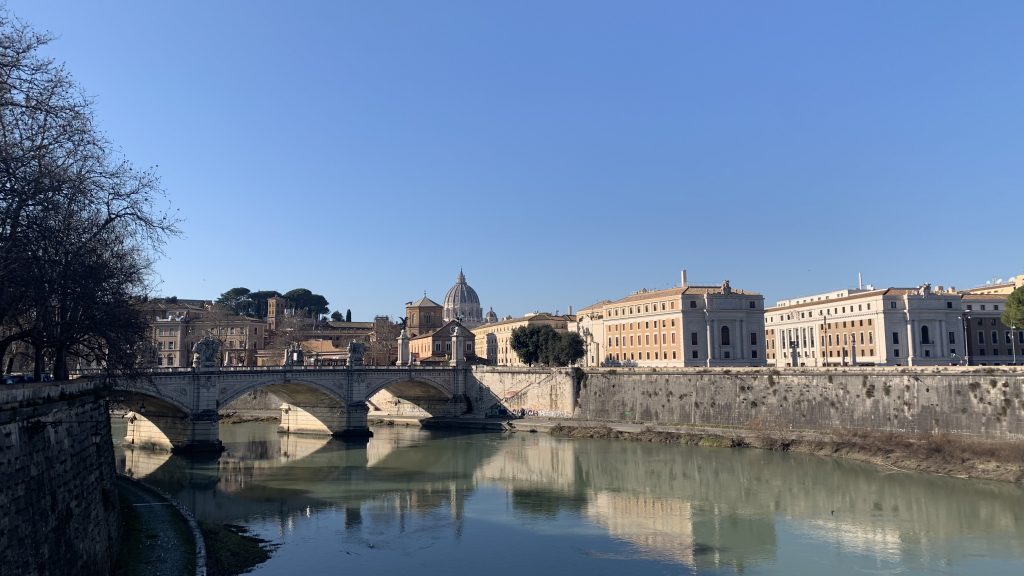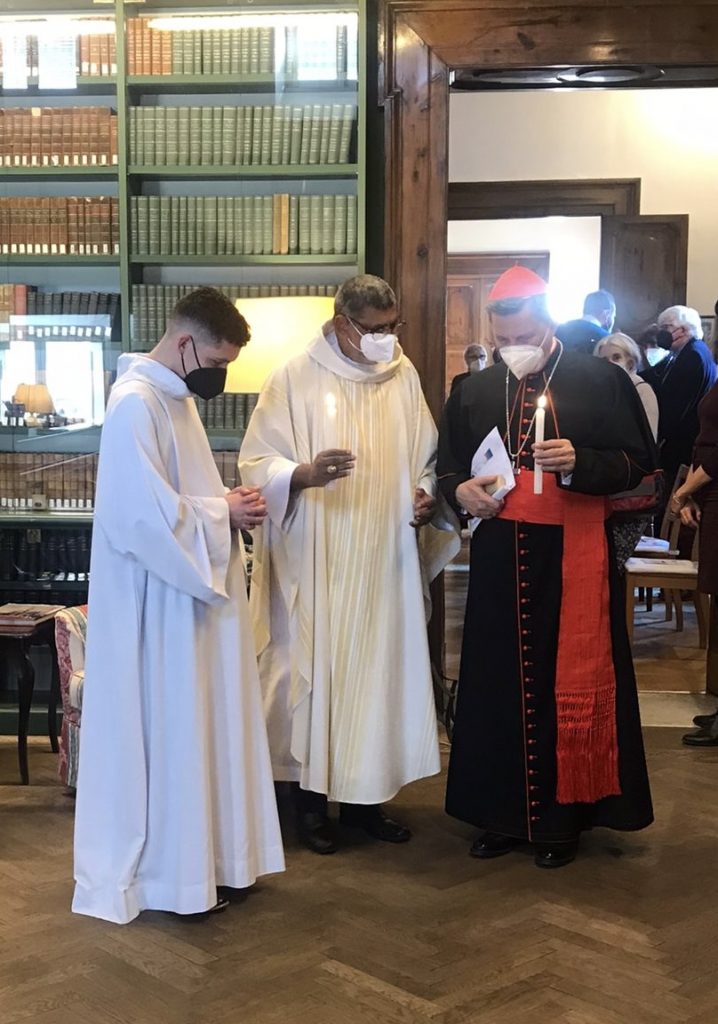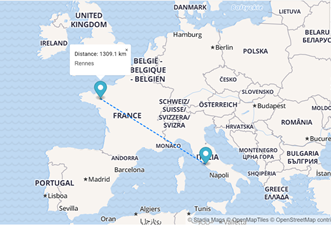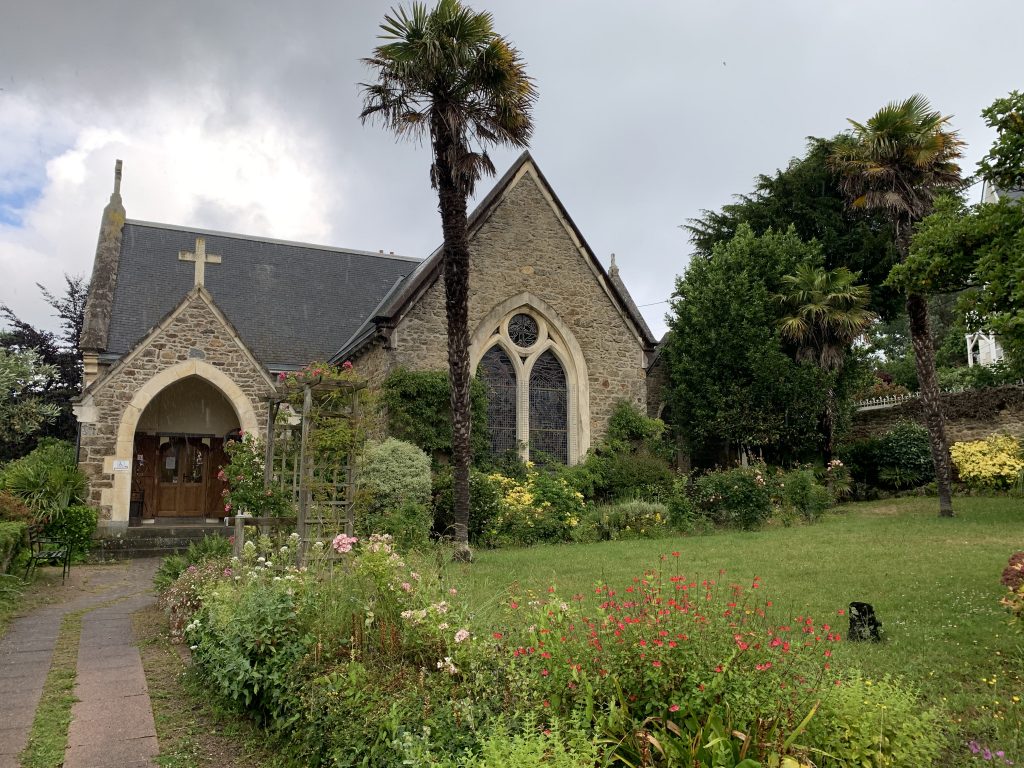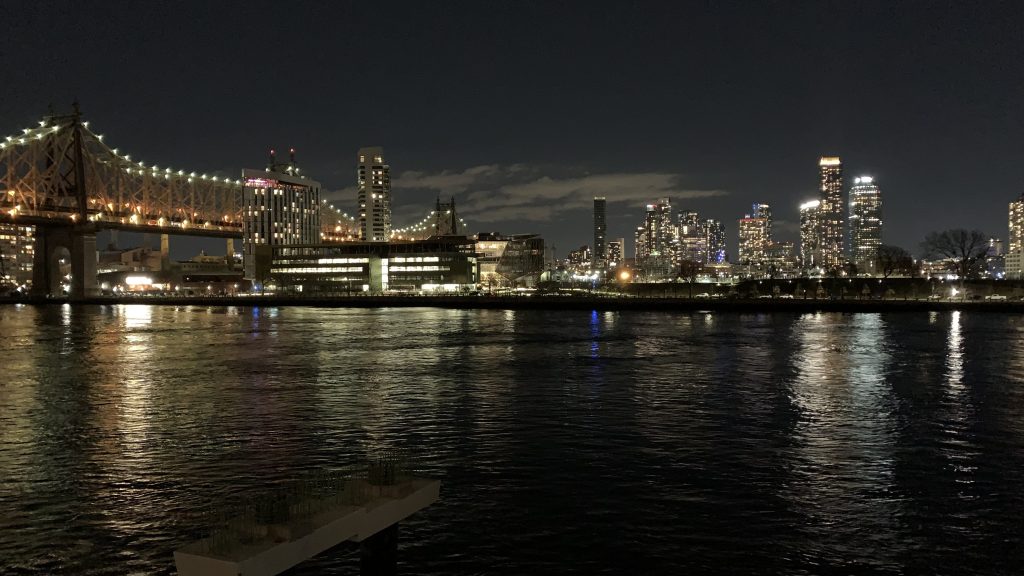During the Week of Prayer for Christian Unity we visited several Catholic institutions and communities where we were very warmly welcomed.

The visit that struck me the most was the one we made to the Community of Sant’Egidio in the parish of Santa Maria in Trastevere. The community of Sant’ Egidio is made of lay Catholics and was founded in 1968 just after the Second Vatican Council, which began a great period of renewal and ressourcement in the Roman Catholic Church.
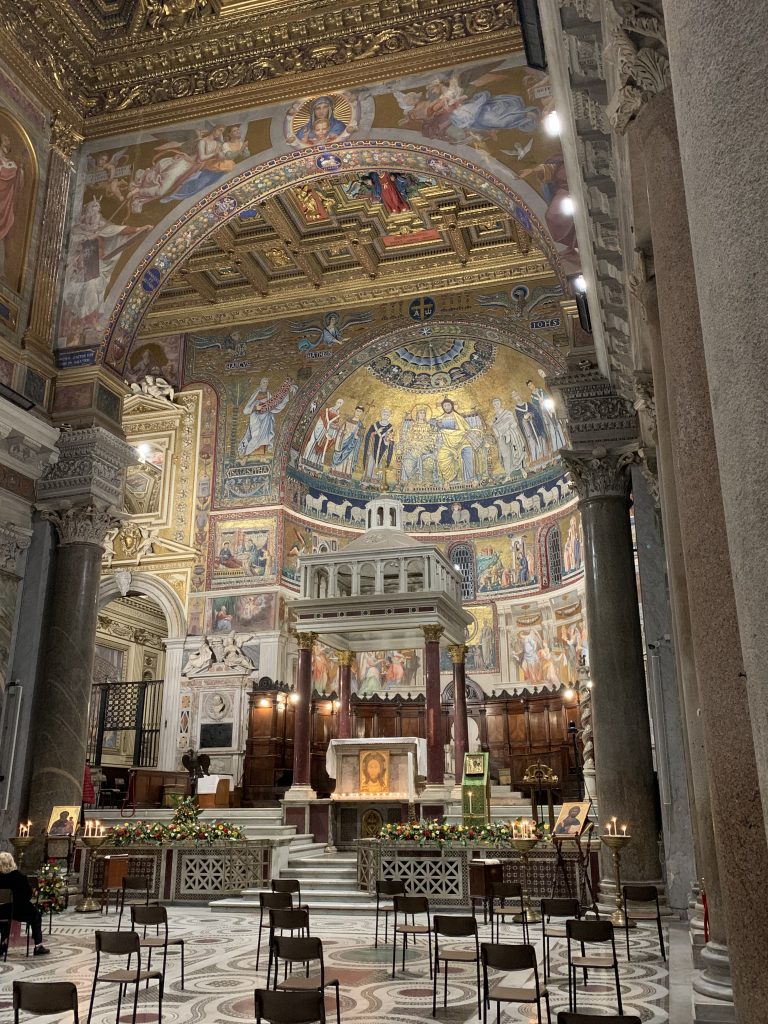
Its founders, who were teenagers at that time, aspired to live in a community modeled on the Acts of the Apostles and the ministry of Saint Francis of Assisi. Every evening they met to pray and help the poorest during the post-war years when many Romans still lived in slums. Subsequently the community expanded to become international and diversified in its work of assistance and reconciliation. Its vocation can be summed up in three Ps:
- Preghiera (prayer): it is the main work of the community, based on listening to the word of God and intercession.
- Poveri (the poor): they are the brothers, sisters and friends of the community. As their site defines, “Friendship with those in need – the elderly, homeless, migrants, people with disabilities, prisoners, street and suburban children – is a characteristic feature of the lives of those who participate in Sant ‘Egidio on the different continents. »
- Pace (Peace): “The awareness that war is the mother of all poverty has led the Community to work for peace, protecting it where it is threatened, helping to rebuild it, facilitating dialogue where it stopped. Work for peace is experienced as a responsibility of Christians, and constitutes a part of the global service to reconciliation and fraternity which materializes in particular in ecumenical commitment and interreligious dialogue in the « spirit of Assisi ». »
As Claudio Betti, one of the early members of the Community explained to us with humor and eloquence, being part of Saint’Egidio has nothing to do with a « ministry » but it is a « vocation », because what counts in the first place is to be « available and present to the wounds and wounds of this world, whatever they may be ». This is why the community has not limited itself to a single type of service. In any case, the community is brought together by prayer on a daily basis, in the evening, in a spirit of freedom and free participation which testifies to the influence of the libertarian thought of the 1960s and of liberation movements akin to the Catholic community of Solentiname, initiated by Ernesto Cardenal in Nicaragua.
Sant’ Egidio aims to be on the margins of the societies in which they are present and where the most vulnerable are always found. The communities act to restore their health and dignity, thus manifesting the unity and peace that Jesus Christ offers to all those who have been excluded or rejected. He actually reminded us of this in the Gospel last Sunday:
“And he said, “Truly I tell you, no prophet is accepted in the prophet’s hometown. But the truth is, there were many widows in Israel in the time of Elijah, when the heaven was shut up three years and six months, and there was a severe famine over all the land; yet Elijah was sent to none of them except to a widow at Zarephath in Sidon. There were also many lepers[d] in Israel in the time of the prophet Elisha, and none of them was cleansed except Naaman the Syrian.” (Luke 4:24-27)
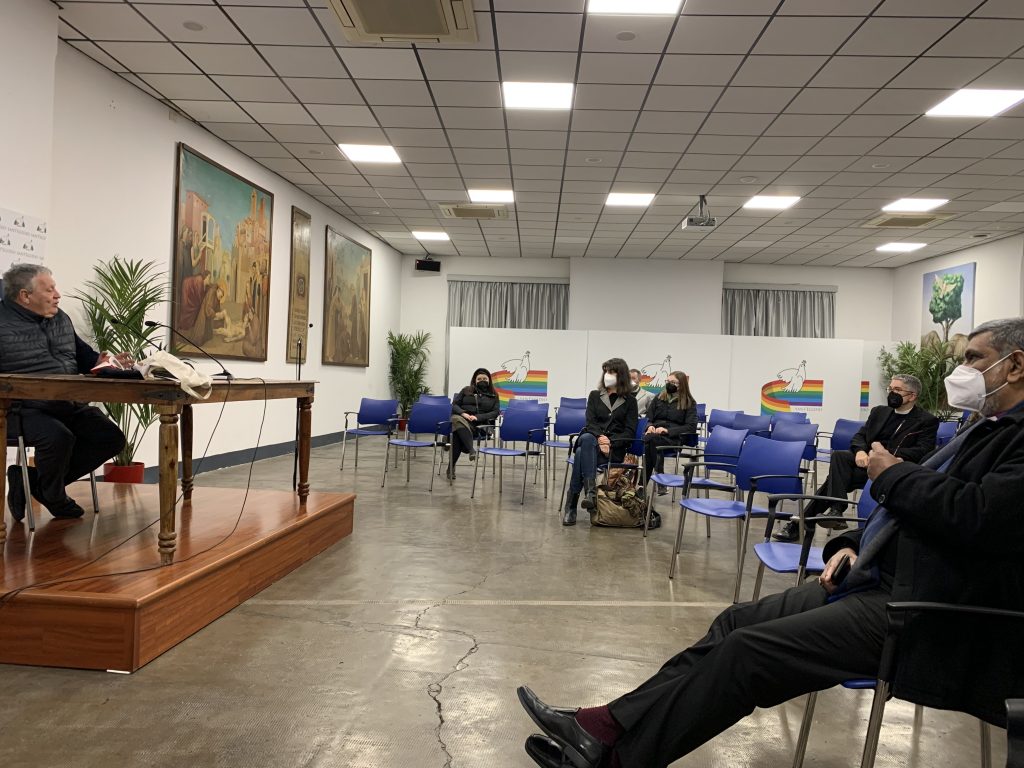
Prayer and service to the poor work out the peace of the Kingdom: this is the gift of Sant’Egidio. The unity to which we are called in our life as Christians is patiently built when we gather the rejected stones. Claudio, who introduced us to the association, insisted on the fact that programs, theories and committees are of little value if you don’t take the time and have the —truly divine—patience to forge real and incarnate bonds of friendship. Embracing our incarnation is the only way we can join Jesus Christ in working for the healing and reconciliation of our world. Reestablishing the Kingdom of God happens with a patience analogous to geological patience. And that’s why every gesture, every drop of water, every breeze of wind, counts.
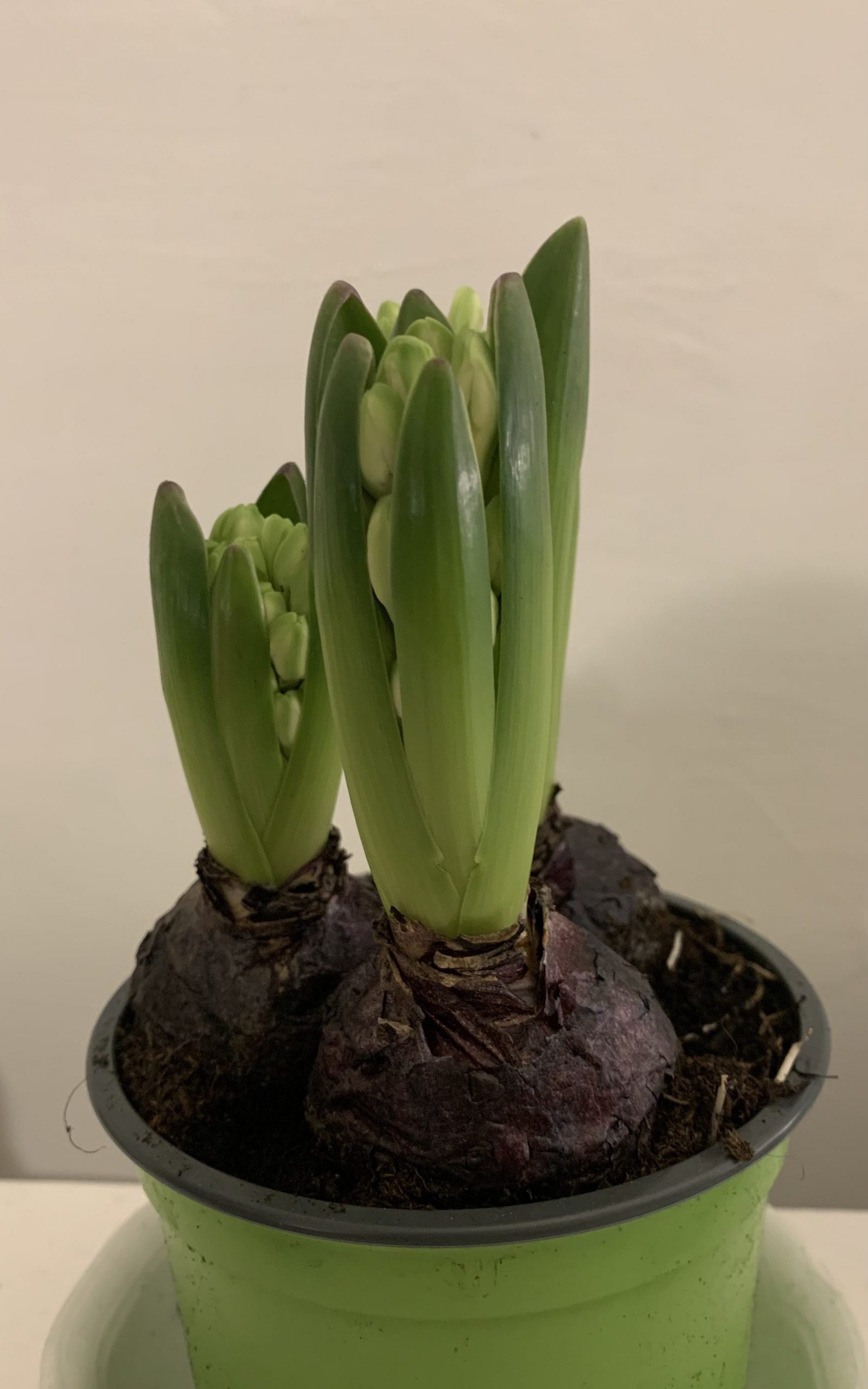
Website of the Sant’ Egidio community:


